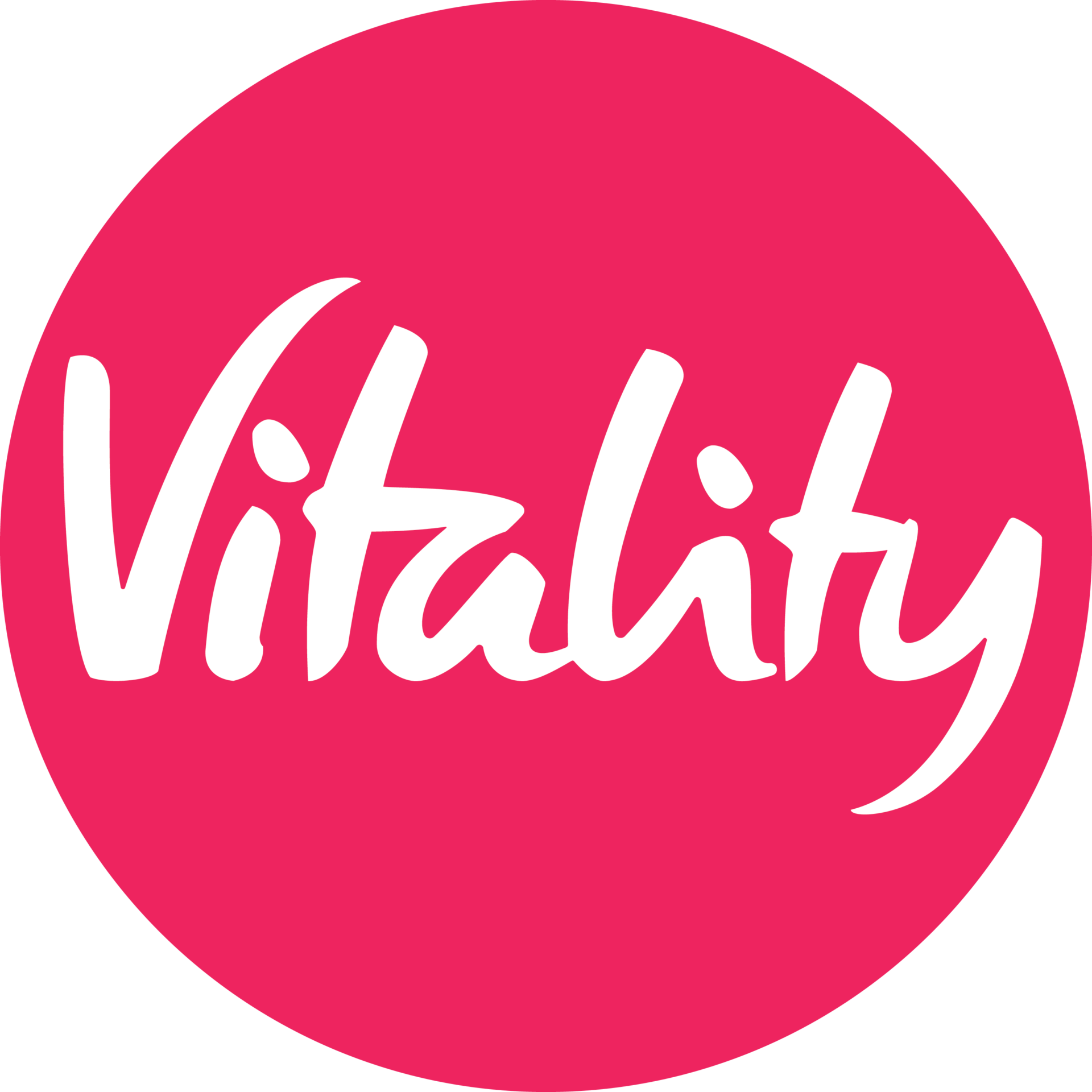Have you ever heard the expression, “you are beating everyone on the couch?” It can be a little crude, but the point is that even if you are doing a little physical activity, it “counts!” Even if you don’t consistently meet the national guidelines for physical activity, which recommend at least 150 minutes of moderate to vigorous exercise each week, any activity at all is better than none.
The mechanics of this are fairly straightforward. Physical activity and its benefits lie on a continuum. At one end of the spectrum, we have sedentary behavior, or no activity. On the other end of the spectrum, we have deliberate and purposeful exercise, the sole purpose of which is to improve health. On this continuum, the moment you start engaging in any kind of physical activity, you start to reap benefits. But what kind of activities can you do to improve health?
As it turns out, any activity is good! That means going for a short walk or even working outside mowing the lawn or gardening is more beneficial to your health than staying still. It’s also true that if you are able to do activities that elevate your heart rate to around 60% of your maximal heart rate or higher for 10 minutes or more, you will get even more benefit. Further, if you can maintain that level of activity for 30 minutes or more then you will get even more benefit. And finally, if you are able to tolerate higher levels that get your heart rate up to 80% of your maximal heart rate, then you’ll benefit even more from this high-intensity activity, provided it is safe for you to do so.
Let’s back up and remember that even if you only go for short walks a few times a day for 5-10 minutes, you are still making a great choice and improving your health. It’s important to “start low and go slow” while you work your way up to more intense activity. “Start low and go slow” is an expression we use often to describe how you can start to be more active. It means you shouldn’t do too much too soon. Instead, starting with just a little activity and gradually increasing for how long you are active gives your body enough time to adapt to the stress of physical activity. And it is a stress on your body, but the key is to keep the stressors to a level that your body can cope with. This will help keep you healthy and injury free and able to keep on increasing until you can be active for up to 30 minutes or more.
No matter how much or how little activity you’re doing – any activity is good activity. It all counts!
With a PhD in Exercise Physiology, Jonathan Dugas spends his days thinking about how we can help more people be more active. With four Ironman finishes and 13 marathons and counting, he’ll see you out on the road.







